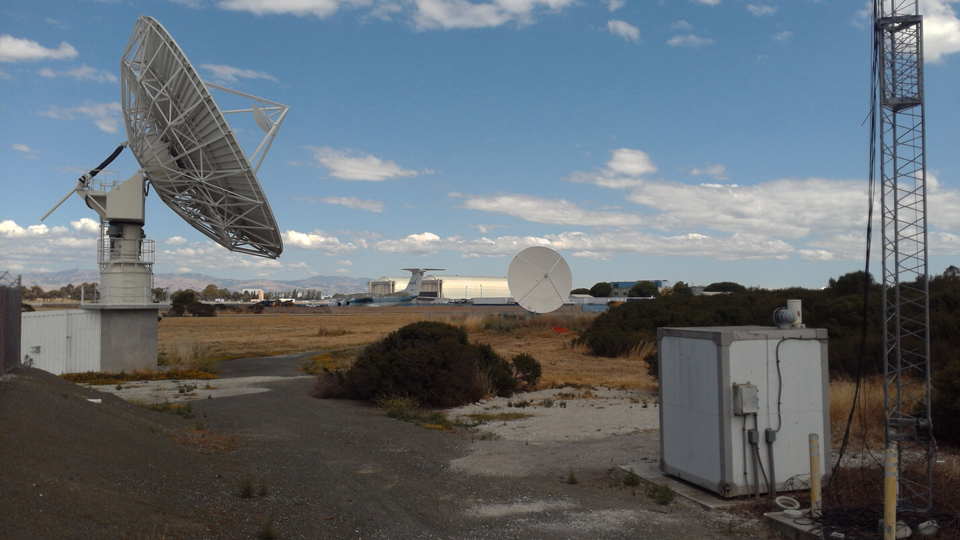Deferred Maintenance – a Case Study for NASA

The K2Mfacility team has performed an annual facility condition assessment for NASA since 2011. NASA’s facilities number roughly 5,100 assets with over 50,000,000 gross square feet. Of this number approximately 3,000 are “buildings” of various types. Additional facilities consist of launch platforms, wind tunnels, environmental chambers, and many other types of test facilities.
This assessment provides the Agency with estimated Deferred Maintenance (DM) for all of its facilities world-wide. Assets are assessed using a Rapid Visual Assessment method that rates nine building systems (Structure, Roof, Exterior, Interior Finishes, Electrical, HVAC, Plumbing, Conveyance, and Program Support Equipment) on a scale of 1 to 5. The DM estimate is derived from these ratings using a series of calculations outlined in NASA’s Parametric Estimating Model.
The foundation of the calculations rests on the accuracy of three critical pieces of information:
- Current Replacement Value (CRV): Based on the initial book value and improvements, which is escalated over time.
- NASA Classification Code: Describes general asset use and building type. NASA Classification Codes are grouped into DM Category Codes.
- System Condition Index (SCI): Condition ratings assigned to each system by assessors.
In addition to the DM task list, K2Mfacility team members rate approximately 400 facilities to determine their viability for potential future renovation. The results of the assessment are compiled in three deliverables including Lessons Learned Report, Deferred Maintenance Report, and the Real Property Management System Report all of which are submitted to Congress and used to support NASA’s budget requests for maintaining, improving, or replacing their current assets.